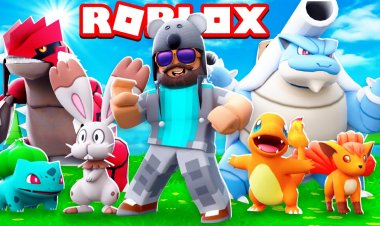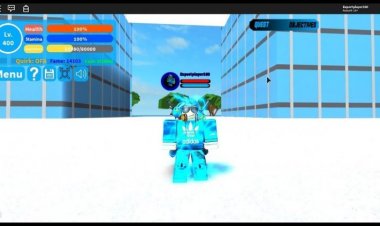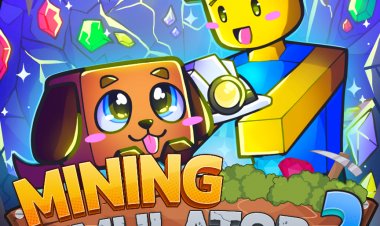The Many Brilliant Ideas That Lie Beneath Layered Clothing on Roblox
roblox,roblox robux,roblox oders,roblox mobile,roblox bedwars,roblox bed wars,roblox lankybox,oders in roblox,myamberr roblox,lankybox roblox,roblox brookhaven,lankybox,roblox bed wars pvp,brookhaven roblox rp,roblox exposing oders,roblox oders doing it,roblox bedwars glitch,roblox bed wars hacks,roblox bed wars update,zachary roblox bedwars,roblox mommy long legs,roblox bed wars scripts,roblox bed wars exploit,foltyn,roblox oders caught in 4k
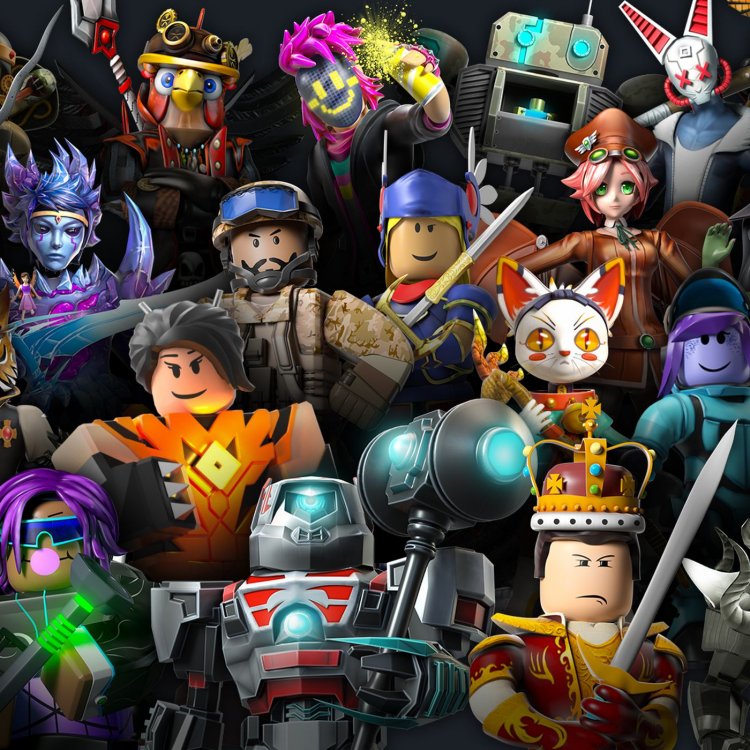
After two years of labor, new Layered Apparel system, which enables clothes and accessories to fit any avatar body form, was introduced this morning. Our team designed and constructed this system. Roblox users may now add up to six more layers of clothing to their avatars, in addition to any existing conventional attire. In the short period since the Avatar Shop's opening, the community has already donated more than 2,000 items of user-created clothing and accessories.
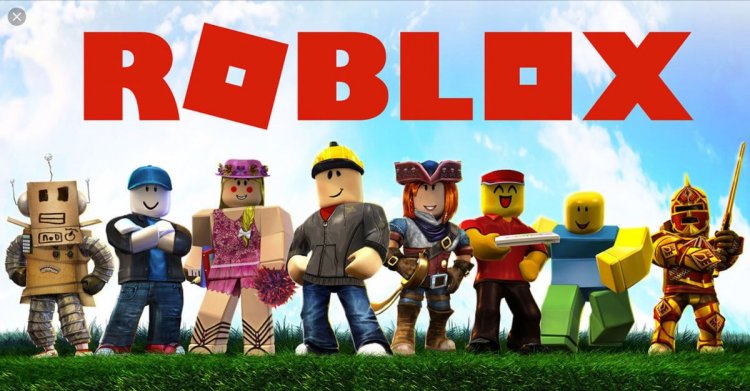
The Layered Clothes concept enables members of our community to create never-before-seen apparel and accessories. Consequently, the combinatorial possibilities for avatars have reached a whole new level. The variety of body types and outfits that players may mix and create has been significantly increased. It simulates the way that clothing is worn and draped by people in the real world. Shirts, skirts, sweaters, jackets, and pants are layered in such a way that they influence and interact with one another nowadays.

In addition, the system lays the foundation for user-created bodies. The most challenging aspect of developing any kind of 3D clothing system for Roblox is coming up with a design that is compatible not only with the vast number of bodies that are currently available on the platform, but also with the unique and imaginative avatar bodies that we expect our community to create in the future.
This system's clothing has the ability to expand to accommodate any platform character, from a Classic Blocky to a T-Rex, and it fits precisely over the numerous layers a character is already wearing. This contains the capacity to attire a character as a T-Rex.
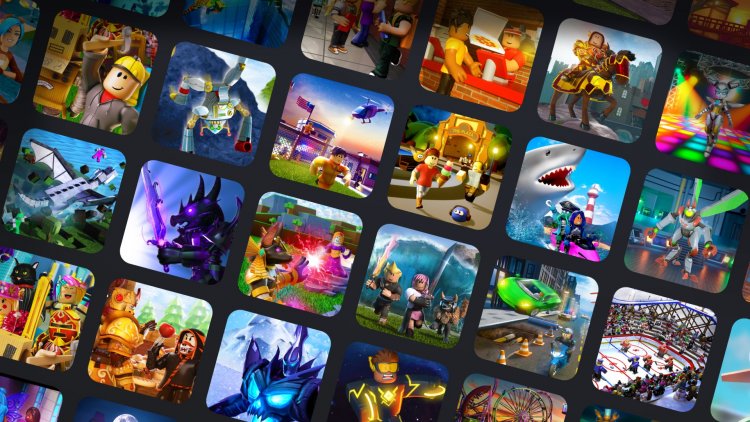
The introduction of this product represents a "stepping stone" for Roblox's technology. Not only does it take advantage of our recently updated systems, such as Physically Based Rendering materials, Skinning and Skeleton APIs, but it also lays the groundwork for our upcoming technologies, such as User Generated Bodies, Dynamic Heads, and Machine Learning-driven creation systems, which will make it easier for us to create things in the future.
Creating Multiple Clothing Layers: A Peek Behind the Scenes
Developing this system required overcoming a number of challenging coding difficulties.
The Response or Responses
When our team considered placing a "abstraction layer" between the two meshes, they got their "eureka!" moment. This required the addition of a new cage layer that served as the outside border of the underlying body structure, which then interacted with the inner cage of the shirt as it was laid over the body. This interaction gets substantially more difficult since the interplay of surfaces, cages, and skin becomes highly complicated as the figure starts to animate and move. The size of both meshes was decided by the abstraction layer's activities. Using this technology, users may layer objects in real time and witness the resultant stacking instantly. In a way identical to how changes to the rocket's shape, which we saw, altered the rocket's flight behavior through the surrounding air cushion.
Our team also welcomed the Roblox creator community to the table early on to help bring the concept to life, and over the last year, we've been collaborating with a growing number of developers to try out alternative methods for building layered objects. This has enabled us to revitalize the concept and give it fresh vitality. Incorporating the community into the process of designing technologies for the generation of new content was a lot of fun. In the past, we would often develop our own content first, then post it to the library, and only then would other artists be able to participate in the fun.
This time, we decided to make it feasible for the community to start amassing assets alongside us. Understanding the complexity of their creative process was greatly aided by the community's feedback, which in turn prompted modifications to the technology that supported it. In the end, the process of collaboration produced rather spectacular results.
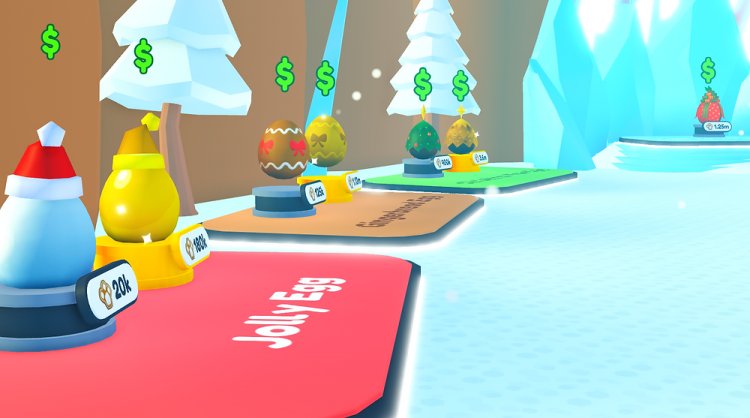
Combinatorialism is the phrase used by our company's founder and CEO, Dave Baszucki, popularly known as Builderman, to express the conclusion we hoped to accomplish via collaboration. Combinatorialism may be seen as both a method and an attitude, and it served as the driving philosophy for our layered clothing project.
Since our purpose is to empower creators so that they may generate wonderful things on a daily basis, we wanted a community-driven project that used all of the fantastic technologies that we are developing.

Our goal was to make it feasible for any avatar, regardless of body type, to wear clothing and accessories.
In order for the proposed solution to be evaluated, it has to be compatible with Roblox's development. This featured a realistic look from all angles, an automated reaction to user inputs, an attractive appearance on a screen for a mid-range phone, and interoperability with the Roblox environment.
In order to aid in lowering the complexity of the writing process, another requirement was that the essential technology have the potential to become automated and simplified over time. It is more difficult to create 3D assets than it is to paint typical 2D graphics, but because of how we designed the system, we will be able to provide future updates that automate and streamline the process of creating 3D goods. This will eventually result in a decreased need on third-party 3D tools, or perhaps their elimination.
CGI animation in movies is the most exact portrayal of current technology; nevertheless, this approach is not scalable, since each scene, character, and emotion must be created individually by an animator. Therefore, we would have to devise an altogether original solution. There is no other approach that could permit the production of clothing with the quality of computer-generated imagery (CGI) that automatically responds to the movement of any avatar of any size.

When you have two random 3D models, it's tough to calculate precisely how to place one on top of the other without distorting the content or making it appear ugly, according to Sergey Makeev, our Senior Technical Director who leads and produces a large portion of the Layered Clothing systems. The concept of "Layered Clothing" was conceived by Sergey Makeev, who is also our Senior Technical Director. Reading several scholarly articles on the aerodynamic testing of rockets supplied the team with some of the drive they need. The group researched the way in which airflow surrounds a rocket while it is in flight, as well as how minute modifications to the rocket body's shape affect airflow and the rocket's flying efficiency. The researchers then examined automated methods for creating new and improved rocket shapes in 3D CAD, and then applied the logic behind these methods to the efficient stacking of meshes. When referring to a successful attempt, it is sometimes said, "That wasn't exactly rocket science." The technology underlying the garments and accessories that can fit any avatar shape was inspired by rocket science, it turns out.
The Future of Clothing Worn in Multiple Layers
During the first five days of our limited first release of Layered Clothing, 14.4 million unique customers were able to get 74.4 million free jackets. This week, there are already over 2,000 user-generated content (UGC) assets in the catalog, yet just a tiny percentage of Roblox's core assets are available for free. During this launch, we determined that we would not impose any fees on any of the initial Roblox-created items and would instead give the community entire control over the monetization process.
The underlying technology that is used to power Layered Clothing has broader implications and may already be used by our community to deform different shapes and objects (such as vehicle accidents) or to modify landscapes, or even to clothe a tree.
As we move toward a future with interchangeable digital matter and materials, we are curious to see how innovative developers will use these systems. We are especially excited to see how they will use these tools in ways that we did not foresee.


For the time being, though, this technology tells a fantastic narrative all on its own; it is a tale that I am thrilled to share with others. Working with people who have a vision for the future to build a new standard for the expression of games and pave the road for the future of digital identities is really exciting.
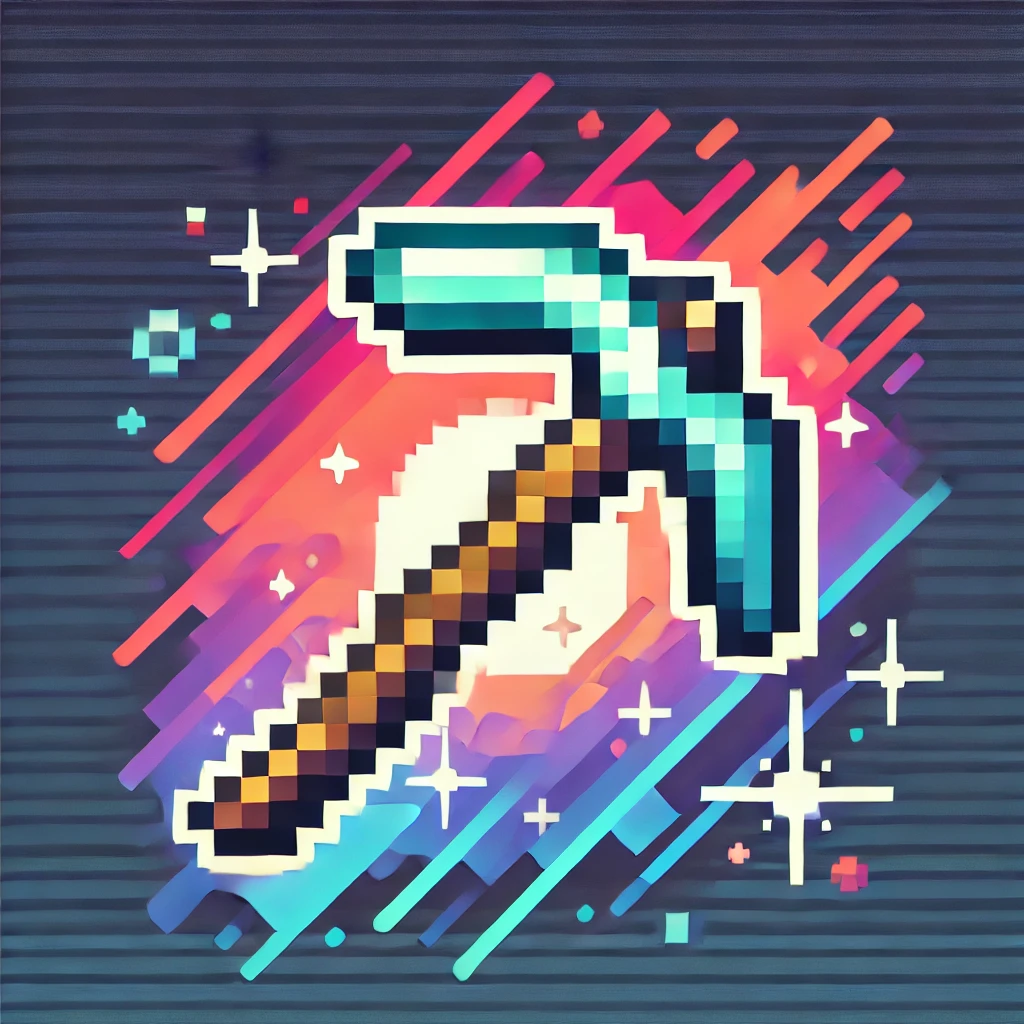
 NewRBXCodes
NewRBXCodes 






